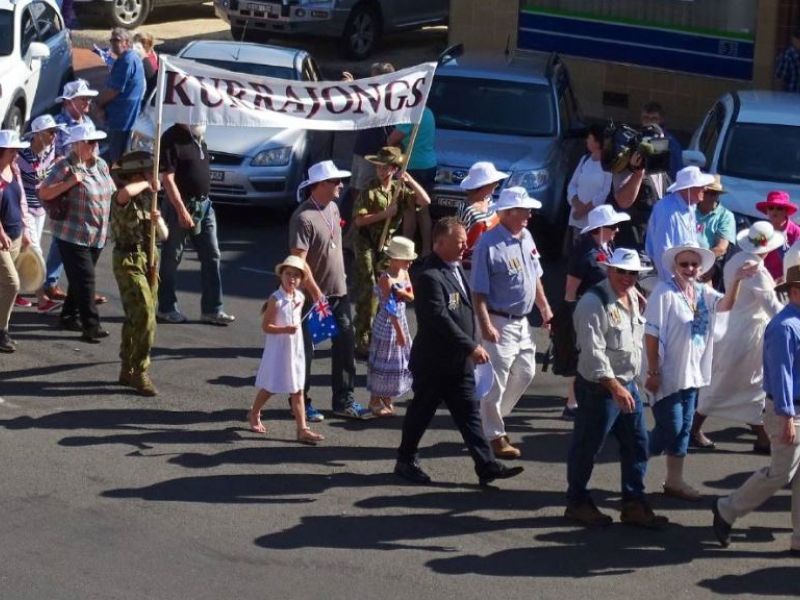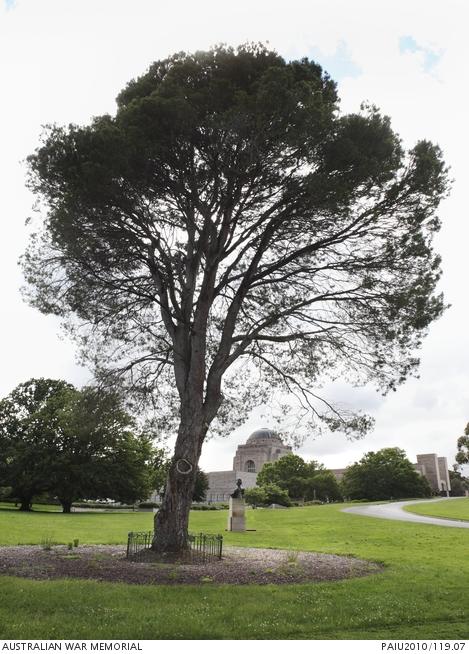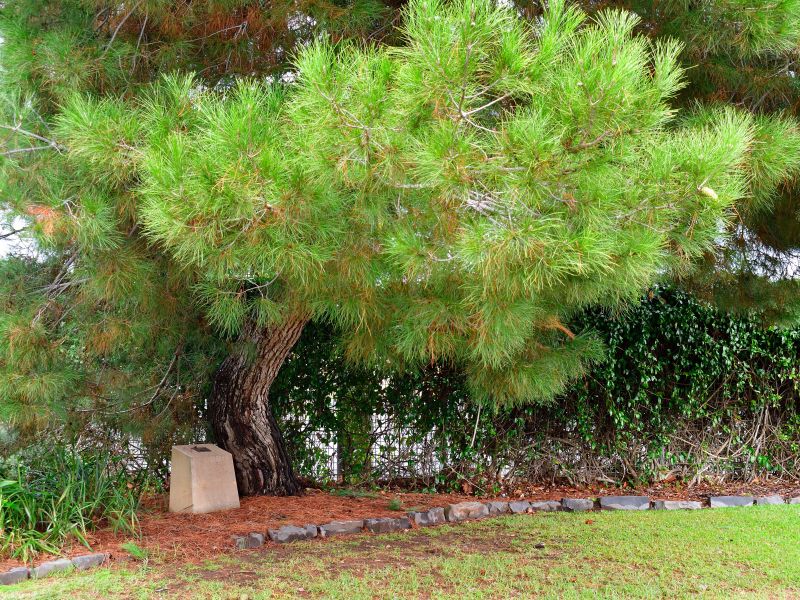A century of service

On 6 August 1915, the 4th Battalion attacked the Turkish positions roofed over with pine logs. The main trench was captured in the first 20 minutes. But this would only be the start of intense hand-to-hand fighting which lasted days.
The battle of Lone Pine was ultimately a success but the 4th Battalion suffered heavy losses.
Among those killed in the fighting at Lone Pine was Private Mark Drice (Smith). Smith had enlisted in Inverell, New South Wales, in September 1914. His brother Lance Corporal Benjamin Smith was serving in the 3rd Battalion at Gallipoli when news of Mark’s death reached him. Benjamin scoured the battlefields in search of his brother, but never found him. Instead, he picked a single pine cone from one of the Turkish trenches and sent it home to his mother, Mrs McMullen.
From the pine cone, Mark’s grieving mother germinated two seedlings. The first would be planted at the Australian War Memorial in honour of her son and all the sons who fell at Lone Pine. The other, would be planted at Inverell where her sons had enlisted.

Timber from the Lone Pine tree at Inverell was salvaged in 2007 and used to create a plaque that tells his story. The plaque is just one of the memorials commemorating the service and sacrifice of locals in the community.
The Inverell district was also home to one of the largest groups of volunteers to leave a country town for enlistment. A group known as the Kurrajongs formed during the First World War recruitment marches held in New South Wales. On 12 January 1916, 114 men left Inverell to join the fight. In honour of the Kurrajongs, Inverell planted a parade of Kurrajong trees in 1919 for the relatives who could not visit graves overseas.
In 2016, a centenary after the recruitment marches swept through the town, Inverell hosted a re-enactment to remember the extraordinary efforts of all the district's soldiers, nurses and the community during the First World War.
In attendance at the event was Australian War Memorial curator, Kerry Neale.
“The order of the re-enacted march followed as closely as possible to that of 1916,” said Neale.
“There was perfect weather, with great numbers in attendance and the march included NSW Mounted Police in historical costume, Light Horsemen and the Royal Australian Artillery Historical Company 18 pounder gun drawn by four horses.
“Descendants of the Kurrajongs were all given white hats to wear in honour of the hats worn in the original march...”
Inverell is deeply rooted in military service and the district’s memorials stand 100 years on as a reminder of all those in the community who fought during the First World War. And the Lone Pine tree, a memorial to a lost son, has since become a national memorial to a generation of men and women who lost their lives.
From the original Lone Pine seedlings, hundreds of trees have grown in towns across Australia. The trees symbolically connect the Australian War Memorial with local communities.
